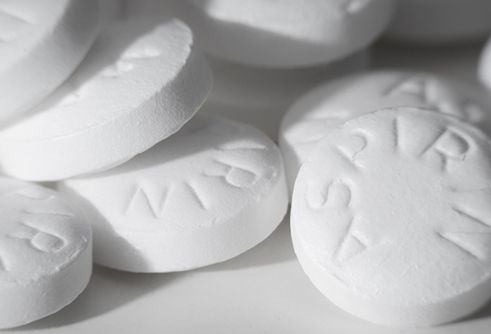Aspirin underused as secondary prevention
Current guidelines recommend a secondary prevention therapy for patients with established coronary artery disease, but findings presented at the American College of Cardiology Scientific Session suggest many patients are not being treated accordingly, with a significant disparity along racial and ethnic lines.
Magda Elizabeth Mora Garzon, MD, of the University of Oklahoma, and colleagues analyzed data from 242,840 participants of the Chest Pain-MI registry between 2011 and 2016. The median age of the participants was 68 years, 70% were men, 11% were black and 5% were Hispanic. All had a history of coronary artery disease.

Researchers found that 69.7% of white patients were on aspirin, vs. 65.3% of blacks and 62.8% of Hispanics.
“There are multiple other confounding factors and variables, not just on a patient level but a practice level … that need to be addressed in a study that can finally address compliance issues and disparity issues,” Mora Garzon said.
Click here for more Healio coverage of Mora Garzon’s findings. – by Janel Miller
Reference: Mora Garzon ME, et al. Cardiovascular disease prevention: Insights from large registries. Presented at: American College of Cardiology Scientific Session; March 16-18, 2019; New Orleans.
Disclosures: Mora Garzon reports no relevant financial disclosures.
